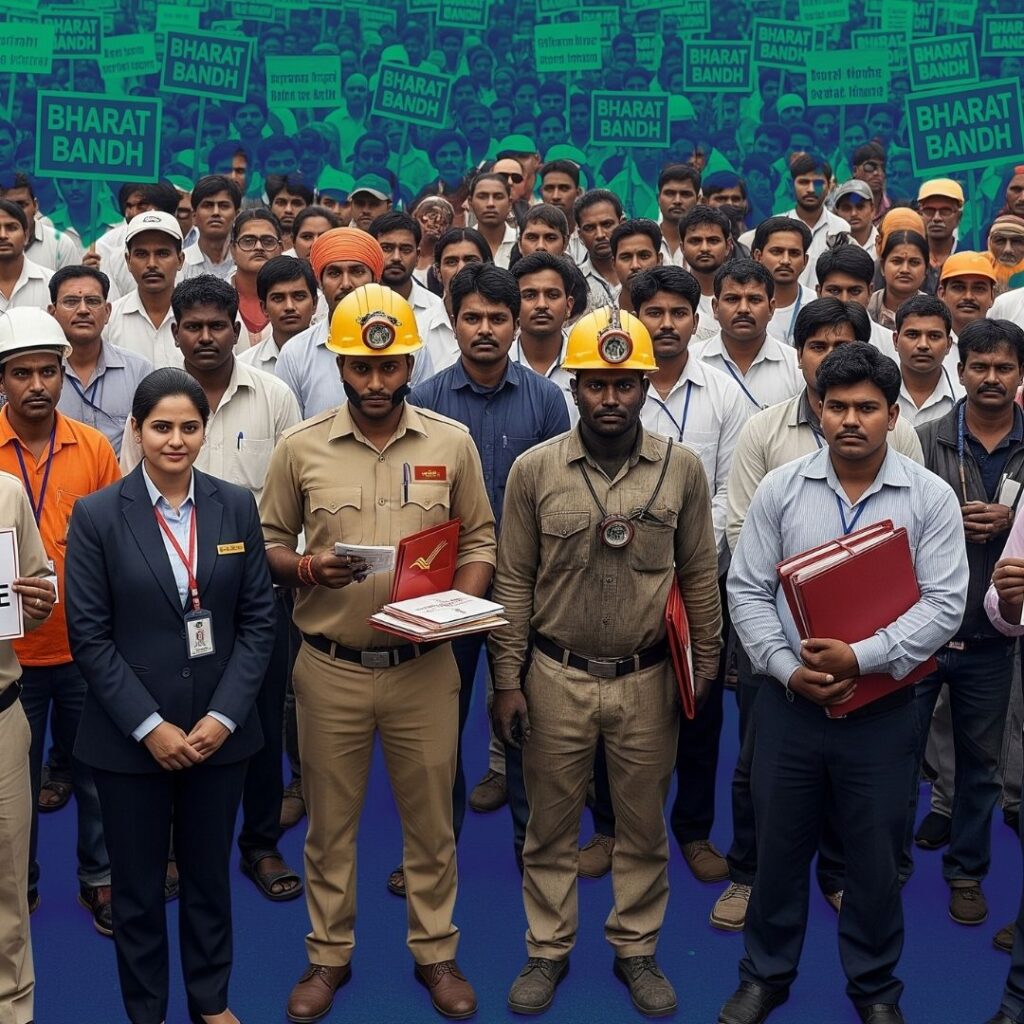Researchers in the University of Colorado have found a way to cool rooms and buildings without the use of refrigerants and without using power.
Introduction
Cooling systems currently account for around 40% of building energy consumption around the world. As global extreme poverty decreases and the developing world catches on with the developed world, there is increased demand for air-conditioning systems. Over 80% of this growth is slated to take place in developing countries, particularly in cities.
According to the International Energy Agency (IEA), urban areas will be responsible for nearly 85% of the anticipated energy savings in cooling systems.
The radiation from air conditioning systems contributes to global warming and thus adversely impacts the environment. Increased use of such systems will invariably affect global temperatures and sea levels negatively.
The research
The research was led by Ronggui Yang and Xiaobo Yin of the University of Colorado, United States of America. The paper was published in the journal Science.
The researchers have invented a film that can cool buildings without the use of refrigerants. Additionally, this system works without drawing any power, relying on easily-available solar power instead. Economically, this film can be made using standard roll-to-roll manufacturing methods and will cost only around 50 cents per square metre.
The researchers took advantage of the nature of the earth’s atmosphere wherein certain wavelengths of radiation escape from the earth. This is a form of radiative cooling. The researchers’ reasoning was that by converting the unwanted radiation from air conditioning systems to infrared radiation of the correct wavelength, the unwanted radiation would escape into space and thus not affect the atmosphere on earth.
Implications
The findings provide for an eco-friendly and 24/7-functioning means of cooling for power plants, which currently require large amounts of water and electricity to maintain the operating temperatures of their machinery. The researchers’ glass-polymer film measures just 50 micrometers in thickness – almost same as that of the aluminum foil found in a kitchen. This can be manufactured economically, making it viable for large-scale production for both residential and commercial uses.
According to the University of Colorado, the engineers have applied for a patent for the technology and are working to explore potential commercial applications. They plan to create a 200-square-meter “cooling farm” prototype in 2017.











